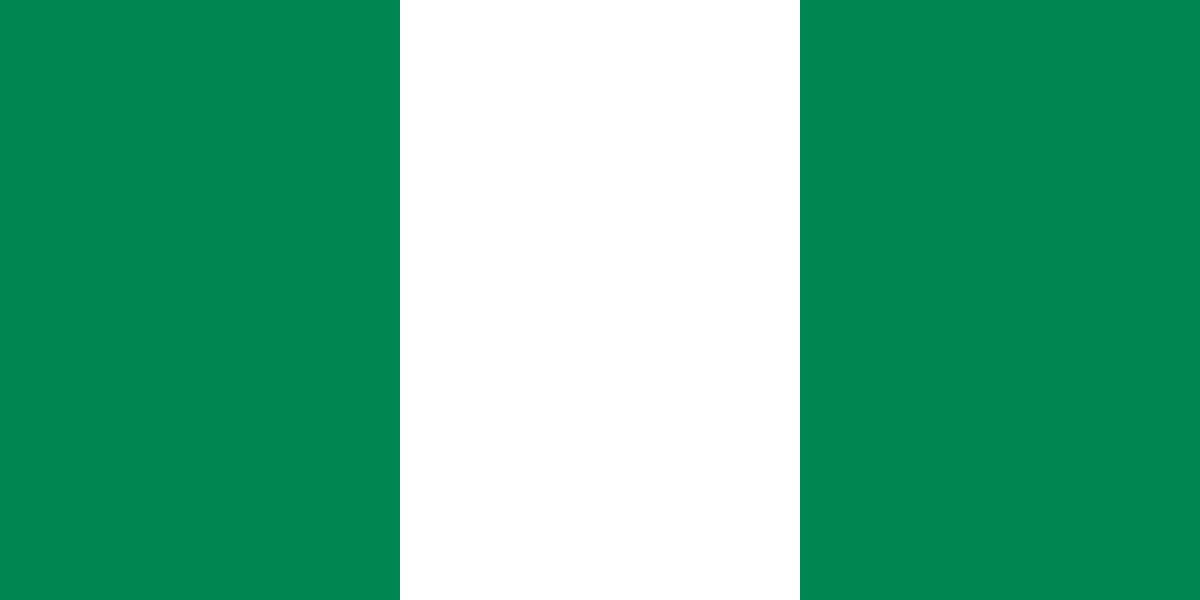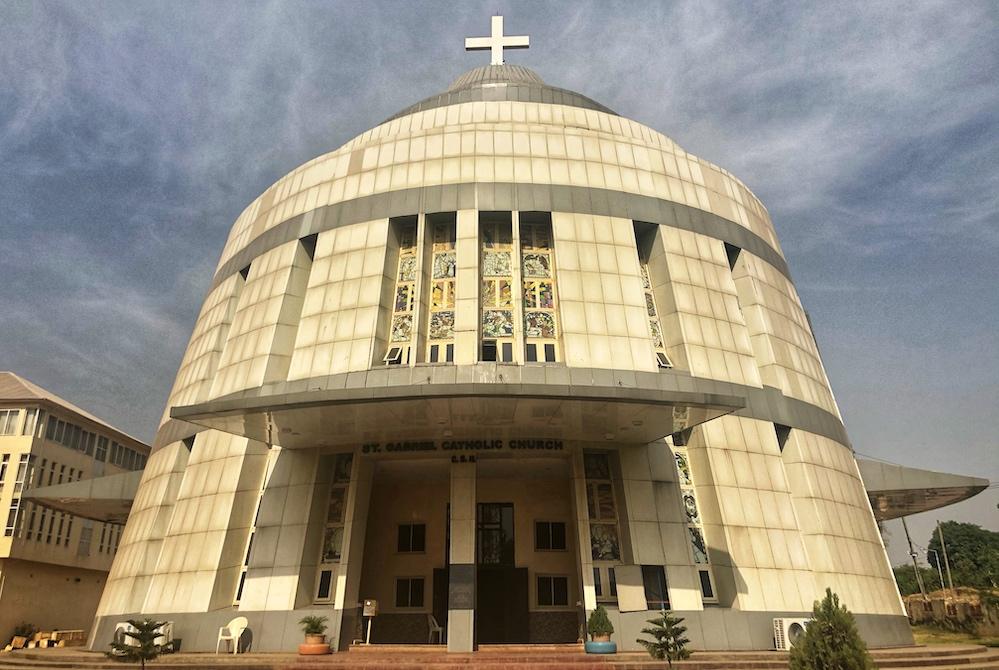Church Profile: Roman Catholic Church (History And Founder)
Let’s be honest—when you hear “Catholic Church,” what’s the first thing that comes to your mind? Be sincere. Is it the long robes? The incense? Or maybe you remember how you used to kneel, stand, and sit on cue at Mass like it was military parade training. Don’t worry, you’re not alone. The Roman Catholic Church is like that old, respected uncle in the family—strict, wealthy, traditional, and everywhere. But if you look closely, there's so much more than meets the eye.
In this post, we’re going deep. And I mean deep-deep. We’ll explore the roots, structure, beliefs, impact, and drama (yes, even the drama!) of the Roman Catholic Church in a way that’s real, engaging, and hopefully, makes you chuckle a bit too. Ready? Let’s go!
⛪ The Roman Catholic Church – More Than Just a Church
When we talk about the Roman Catholic Church, we’re not just talking about a local parish in your neighborhood. We're talking about the biggest Christian denomination on the planet. With over 1.3 billion members, this Church isn’t playing. In fact, it has been around for over 2,000 years. That’s not a joke, o. This church was already holding councils and baptizing people when the Roman Empire was still flexing muscles.
The Church traces its roots back to Jesus Christ himself and His apostles—particularly Peter, the one who denied Jesus three times (but later became the ‘rock’ the Church was built on). Catholics believe that Peter was the first Pope, and that there’s an unbroken line of successors from him to the current Pope in Rome.
This long-standing lineage is called apostolic succession—basically a spiritual baton-passing from Peter till now. And the current holder of that baton? The Pope.
📖 Beliefs That Have Stood the Test of Time
The Catholic faith is built on three strong pillars: Scripture (the Bible), Tradition, and the Magisterium (which is the Church’s teaching authority). It's like a spiritual tripod—you can’t remove one leg and expect it to stand.
🕊️ The Seven Sacraments
Ah, the sacraments. You can’t talk about Catholicism without talking about these spiritual rituals. They are:
-
Baptism – Your spiritual birth certificate.
-
Eucharist – Also known as Holy Communion (or that tiny wafer and sip of wine).
-
Confirmation – When the Holy Spirit officially upgrades your spiritual software.
-
Reconciliation – Also known as Confession (aka the holy “gist” session with the priest).
-
Anointing of the Sick – Spiritual ICU.
-
Matrimony – When two people decide to drag each other to heaven (and sometimes drive each other crazy).
-
Holy Orders – For those choosing the priesthood over marriage and mortgages.
These sacraments are not just for show—they’re believed to be channels of God’s grace, helping Catholics grow in holiness and remain spiritually grounded.
📜 The Pope and the Papal Authority
Let’s talk about the big guy—The Pope. He’s not just a religious figure; he’s a head of state (hello Vatican City!) and the spiritual leader of Catholics worldwide. Catholics believe that when the Pope speaks “ex cathedra” (that’s Latin for “from the chair”), on matters of faith and morals, his word is infallible. That’s right—no mistakes, no take-backs.
The Pope isn’t a dictator though. He’s guided by councils, advisers (called cardinals), and centuries of theology. Plus, being Pope is no walk in the park—it comes with pressure, global scrutiny, and more cameras than a Nollywood premiere.
🏛️ The Church Structure – A Well-Oiled Machine
Let’s be real: one thing Catholics know how to do is structure. You can't survive 2,000 years and still be disorganized. From the Pope in Rome to the parish priest in your village, there’s a clear chain of command.
Here’s the breakdown:
-
Pope – The Boss of all bosses.
-
Cardinals – Senior advisers and future Pope electors (like Catholic senators).
-
Archbishops & Bishops – Oversee dioceses, like spiritual governors.
-
Priests – The everyday warriors holding the fort in parishes.
-
Deacons – Assist priests and help with weddings, baptisms, and preaching.
-
Laity – That’s you and me, my friend. The ordinary but powerful folks who make up the body of the Church.
And then there are religious orders—like the Jesuits, Franciscans, Dominicans. They’re like spiritual squads with their own unique missions, rules, and vibes.
🎓 Cultural, Educational, and Global Impact
If the Roman Catholic Church were a company, it would be a multinational giant with offices (parishes) in every country, branches in every city, and loyal customers in every village.
🏥 Education and Healthcare
From schools and universities to hospitals and orphanages, the Church has been building institutions since before most countries even existed. And this isn’t just missionary charity—they’re often the best at what they do. Think of schools like Loyola Jesuit, and hospitals run by Catholic missions—top-tier stuff.
They’ve contributed to the development of modern science, philosophy, and medicine. Do you know the Big Bang Theory was first proposed by a Catholic priest? Yes o! Father Georges Lemaître. So the Church is not anti-science like some people assume.
🖼️ Arts and Architecture
St. Peter’s Basilica. The Sistine Chapel. Notre-Dame Cathedral. The Church practically built Europe’s skyline. Catholicism has inspired Michelangelo, Da Vinci, Mozart, and countless artists to create masterpieces that still blow minds today.
Even in Nigeria, Catholic cathedrals are often the architectural pride of many towns.
🌍 The Global Catholic Family
One thing about Catholics—they’re everywhere. From Rome to Rio, Lagos to Lisbon, you’ll find Mass being celebrated in local languages, local styles, but always with the same core structure. That’s the beauty of the Catholic Church: unity in diversity.
And let’s not forget the Saints! Catholics love their saints—men and women who lived lives of exceptional holiness. Whether it’s St. Anthony (the finder of lost items) or St. Jude (the patron of hopeless cases), there’s a saint for every situation. Your spiritual plug is always on call!
😬 Challenges & Controversies – The Other Side of the Story
We can’t sugarcoat it—the Church has had its fair share of scandals. From abuse allegations to cover-ups, the Catholic Church has had to face harsh criticism and deep soul-searching. These issues have led to reforms, accountability processes, and painful apologies. It’s a tough but necessary journey for healing and restoration.
Then there’s the internal debate—progressives vs conservatives. Some want the Church to change with the times (e.g., female priests, LGBTQ inclusion), while others argue that doctrine isn’t something you update like software. It's like a family WhatsApp group where everyone thinks they’re right!
🌱 Pope Francis and Modern Reforms
Enter Pope Francis, the humble Argentinian priest who lives in a modest apartment, drives a Ford Focus, and preaches love, mercy, and care for the environment. His encyclical Laudato Si’ on climate change was a global game-changer.
He’s pushing the Church to be more inclusive, more compassionate, and more focused on the poor. But of course, not everyone agrees with his style. Still, he's brought a fresh, relatable face to a 2,000-year-old institution.
🙌 Why It Still Matters Today
You may not always agree with everything the Catholic Church teaches. You may not even be Catholic. But you cannot deny the Church’s influence on morality, education, culture, science, and human rights. It’s the original global brand—spiritual, social, and sometimes controversial.
Even in today’s fast-paced, digital world, millions still find peace, purpose, and community within the Catholic Church. Whether it’s attending Mass, saying the Rosary, or lighting a candle at a Marian shrine, Catholicism continues to offer meaning to billions of lives.
📌 Final Thoughts
The Roman Catholic Church is not perfect. Far from it. But it is ancient, influential, diverse, and constantly evolving. It has survived emperors, wars, reformations, and scandals—and it's still standing strong.
So the next time you walk past a Catholic church or see the Pope on TV, take a moment to appreciate the rich tapestry of faith, tradition, and humanity that the Church represents.
Whether you’re a devoted Catholic, a curious observer, or someone just trying to understand your neighbor's religion better—this Church has something to teach all of us.











